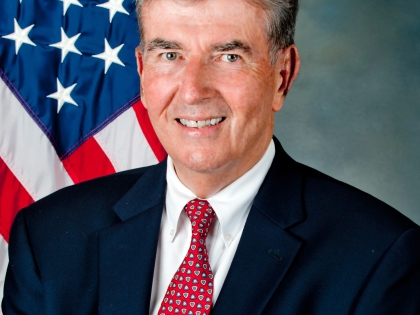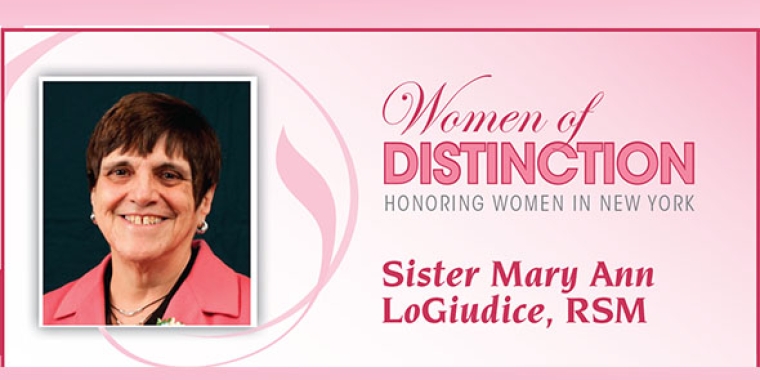
Cutting Consultants Key To Balanced Budget
It’s obvious that New York State is going to have to act decisively to reduce a growing budget gap.
Next year that gap could be between $3.7 and $4.7 billion and over the following three years the deficit will total at least $18 billion.
As the late U.S. Senator Everett Dirksen (R-IL) once jokingly said, "a billion here, a billion there, sooner or later it adds up to real money."
Well the time for New York is now. It’s real, and we have to find real solutions.
Last week Senate Minority Leader Malcolm Smith proposed a number of ideas to reduce the shortfall. Governor Spitzer agreed that every idea should be explored if we are going to solve the problem. I said then that we did not have all the answers and that our proposals were a starting point for the serious policy decisions we will need to make over the next several months.
One idea Senator Smith discussed is a hiring freeze on non-essential state employees. This would stop the state from filling about 4,000 of the 12,000 positions that are vacated every year through attrition. But before we act to shrink the public workforce, which was decimated under Governor Pataki, there is one option that would provide savings faster and give us more returns on our tax dollars:
Cut the number of high-cost private consultants on state agency payrolls.
In 2005 the Fiscal Policy Institute (FPI) estimated that the state spent $2.5 billion annually on consultant services and that $500 million annually could be saved by replacing those consultants with state employees.
Since the release of the FPI study, the Division of Budget and the Office of State Comptroller have issued reports showing that state agencies hired over 23,000 consultants in the 2006 fiscal year. That’s equivalent to an estimated 7,000 full-time employees. According to the Comptroller’s reports, the average salary of many of these consultants range between $80 and $180 per hour. The average comparable state employees’ salary is between $40 and $66 an hour, including the cost of their benefits.
Paying private consultants twice what we pay public servants is obviously not an efficient use of our tax dollars.
In 2005 I advocated a five-year plan to replace 800 consultant engineers hired by the Department of Transportation with 800 state employee engineers. Based on findings in audits by the State Comptroller and a study by KPMG, a major auditing firm, I estimated this plan would save $196 million over five years.
Last year Governor Spitzer proposed and the Legislature enacted a plan to replace 108 engineering consultants in DOT and 20 Information technology consultants in the Office of Mental Retardation and Developmental Disabilities with state employees. We need to expand these efforts to make the best use of limited state taxpayer dollars.
I am now proposing to reduce the state’s expenditures on consultants by 50% over the next three years; a 15% reduction in the 2008 fiscal year, an additional 15% reduction in the 2009 fiscal year, and an additional 20% reduction in the 2010 fiscal year. These consultant workers would be replaced by state employees when necessary. This proposal will save about $1.2 billion over the next three years assuming that each full-time equivalent consultant worker is replace by a full-time equivalent state employee at half the cost of the consultant employee. The savings could be larger if each consultant worker is not replaced by a state employee.
And as Senator Dirksen might have said, if we cut a billion here and a billion there, pretty soon we are talking about real money, real savings and a realistic approach to dealing with the budget deficit.
The state faces tough fiscal times and a freeze on hiring new state employees to fill vacant positions is an idea that might eventually be necessary to consider. But a freeze should not even be contemplated until the State begins to cut consultants whose work cost twice as much as work done by state employees’. I look forward to continuing to work with Governor Spitzer to address this and other issues.

